Apple just hit a milestone that felt out of reach not long ago. The tech giant has officially crossed the $4 trillion market capitalization threshold, becoming the third company to join the club with Nvidia and Microsoft. What is powering the sprint? The iPhone 17 series, whose launch lit up sales charts in key markets.
The company's shares climbed to record highs of $269.2, representing nearly a 13% increase since the iPhone 17 launch in September. That jump signals more than hot demand. It affirms Apple's belief that a premium stance can still spark big growth in a crowded field, and that its ecosystem keeps winning over users willing to pay for what they see as real innovation.
The iPhone 17 phenomenon: why these numbers matter
Here is the headline with the iPhone 17 launch. It is not just beating expectations, it is smashing them. Sales data from Counterpoint Research shows the iPhone 17 lineup outsold the iPhone 16 series by 14% during its first 10 days in the crucial U.S. and China markets. The twist is how regional results map to Apple's evolving playbook.
The base iPhone 17 is the surprise hit. In China, sales nearly doubled compared to the iPhone 16 during the same launch window. China is known for price sensitivity, which makes the jump striking.
Senior Analyst Mengmeng Zhang from Counterpoint explains why buyers are biting, noting that customers get a better chip, improved display, higher base storage, and selfie camera upgrade all for the same price as last year's iPhone 16. Stack local discounts and coupons on top and, as Zhang puts it, "purchasing this device is a no-brainer." Premium features meet real-world affordability, a blend rivals rarely nail.
Stateside, a different story plays out. The premium iPhone 17 Pro Max is surging, helped by carriers offering enhanced subsidies and consumers who purchased phones during the COVID-19 pandemic finally deciding to upgrade. China leans into value on the base model, the U.S. leans into high-end upgrades supported by financing. Two markets, two lanes, one strategy.
Momentum stretched beyond launch week into October, giving analysts confidence this is not just first-day buzz. It looks like Apple finally synced product tiers with regional demand curves.
Breaking down Apple's financial powerhouse
Now to the scoreboard. The company's Q4 2025 revenue projection sits at $101.69 billion, compared to $94.9 billion in the previous year, a clean year over year step up tied to the iPhone 17 lift.
The iPhone remains the crown jewel, contributing 47.41% of total revenue in Q4 2025. Services adds a sturdy 29.16%. The mix matters, each iPhone sale feeds years of services, and services cushion the cycle between hardware peaks.
Geography tells its own tale. The Americas region accounts for 43.81% of revenue, while Greater China contributes 16.34%, lining up with the iPhone 17 adoption wave in those regions. Diversification here is not a buzzword, it is insulation and reach.
Production plans hint at sustained demand. Apple is planning a 25% year-on-year increase in Q3 2025 output for the base iPhone 17 model and a staggering 60% surge for the Pro Max variant. Those are not wishful sketches on a whiteboard, they are build sheets responding to orders.
For the long game, Wedbush sees AI-driven services could generate $10 billion annually by 2027. If that flywheel spins up, today's devices become the on-ramp for tomorrow's software cash flows.
What this means for Apple's ecosystem strategy
The $4 trillion mark is not just a shiny number. It is fresh validation of a long-running ecosystem play. While Nvidia remains the world's most valuable company with a market cap of over $4.5 trillion and Microsoft recently reclaimed its position after shares rose 2.2% following a new deal with OpenAI, Apple is showing the force of hardware and software working together at scale.
The iPhone 17 underscores differentiation in a mature category. While rivals chase spec sheets or discounts, Apple kept its premium lane and delivered upgrades that matter, faster processors, better cameras, sharper displays. That is how you justify buy-in to the broader ecosystem.
The war chest also funds Apple's next big swing. The company projects that its AI initiatives could add $75-$100 per share to its valuation over the next few years. The approach has been measured, not splashy demos for their own sake, but features that fit how people already use their devices.
The timing helps. Others are still ironing out early AI stumbles, and Apple can ship more polished features with the wind of a $4 trillion vote of confidence at its back.
Market momentum and what comes next
The timing of Apple's $4 trillion moment looks even sharper given the headwinds. Apple's stock has been pushed into positive territory for the first time this year, a turn from chatter about saturation and rising competition. Those worries now feel overstated.
China offers a clean snapshot. When iPhone Air pre-sales began on Friday morning, within minutes, the model was reportedly sold out at all brick-and-mortar stores in Beijing and Shanghai, and online shipments slipped to one or two week delays. Premium positioning, tough market, still gone in a flash.
Wall Street has noticed. Loop Capital upgraded Apple from hold to buy and lifted its target to $315 per share, with analyst Ananda Baruah pointing to material upside to Street expectations through 2027. That optimism leans on more than launch-week hype. It is a call on execution.
Analysts broadly expect that strong iPhone demand will help Apple beat market expectations for the September quarter and issue a positive forecast for the December quarter. Tailwinds into the holidays tend to compound.
PRO TIP: Keep an eye on how Apple handles $1.1 billion in potential tariff costs and ongoing antitrust lawsuits in the U.S. and EU. The balance sheet gives breathing room, but pressure is pressure.
The bigger picture: Apple's trillion-dollar journey continues
Apple's $4 trillion milestone is more than a market cap flex. It is proof the company can keep pushing the frontier while operating at massive scale. The iPhone 17's run shows that premium strategies can still unlock growth as markets mature and competition stiffens.
The resilience stands out. The company's stock has surged more than 50% from its April lows, undercutting predictions of innovation fatigue. Production planning backs it up, a 25% year-on-year increase for the base model and 60% surge for the Pro Max variant, a clear read that Apple saw the wave coming and tuned the supply chain.
Looking ahead, the pieces line up. Analysts expect continued strong performance through 2027, with hardware excellence feeding services growth and new AI capabilities. The ecosystem strategy and geographic expansion remain key aspects of its long-term growth outlook, positioning Apple to harvest value across several tech cycles.
Bottom line, the $4 trillion mark is not a finish line, it is a launchpad for the next leg. With AI integrations on deck, services staying sturdy, and a global base ready to upgrade again, Apple looks set to keep its foot on the gas. The iPhone 17's outperformance suggests talk of smartphone saturation was overblown, at least for companies that still deliver meaningful innovation at scale.







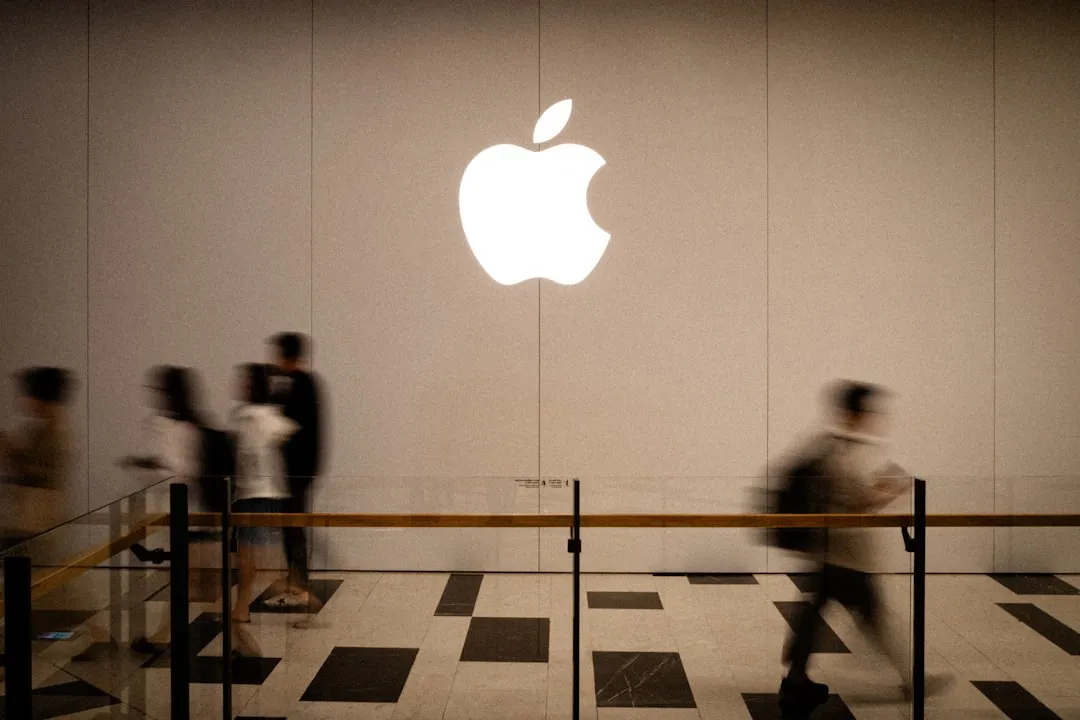


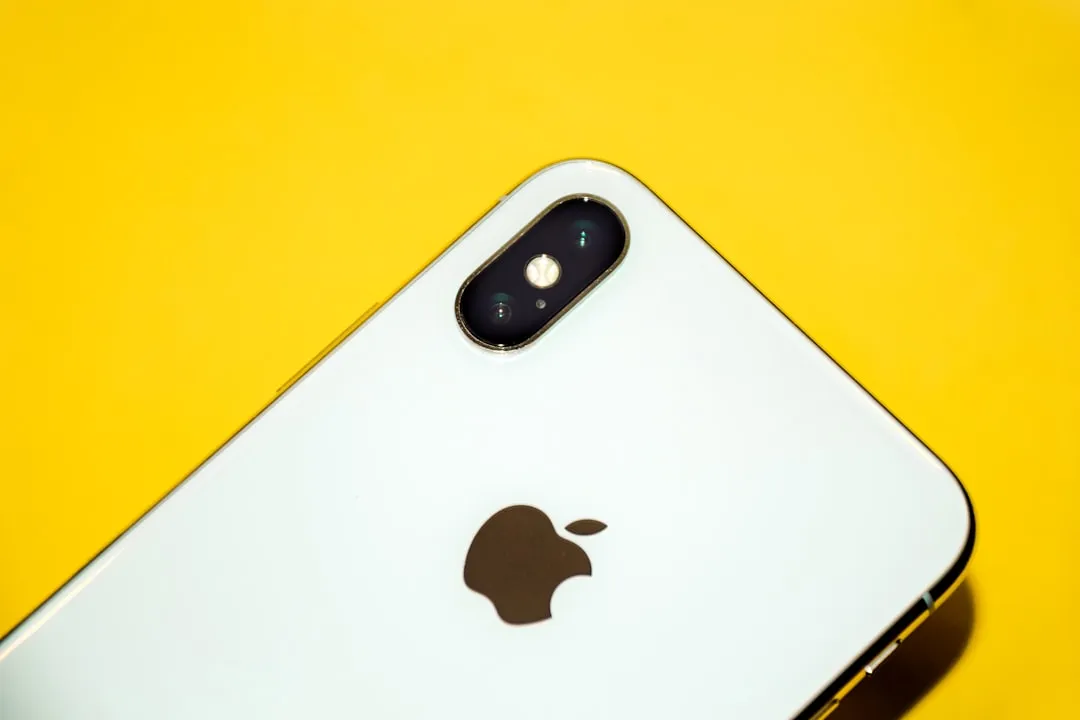

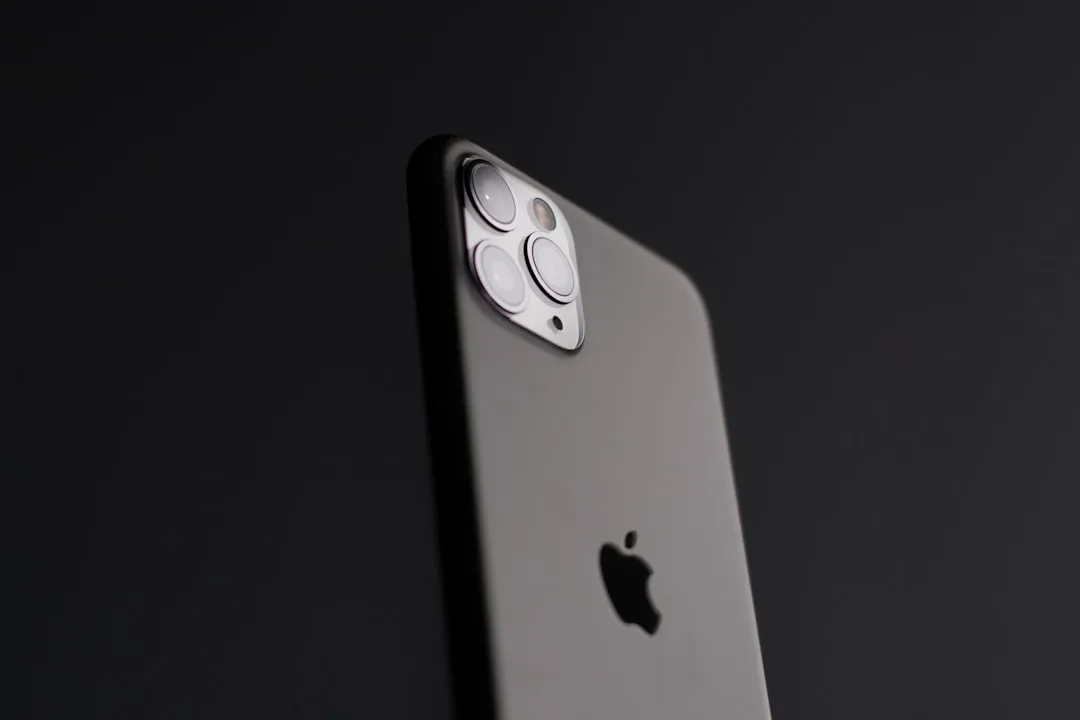


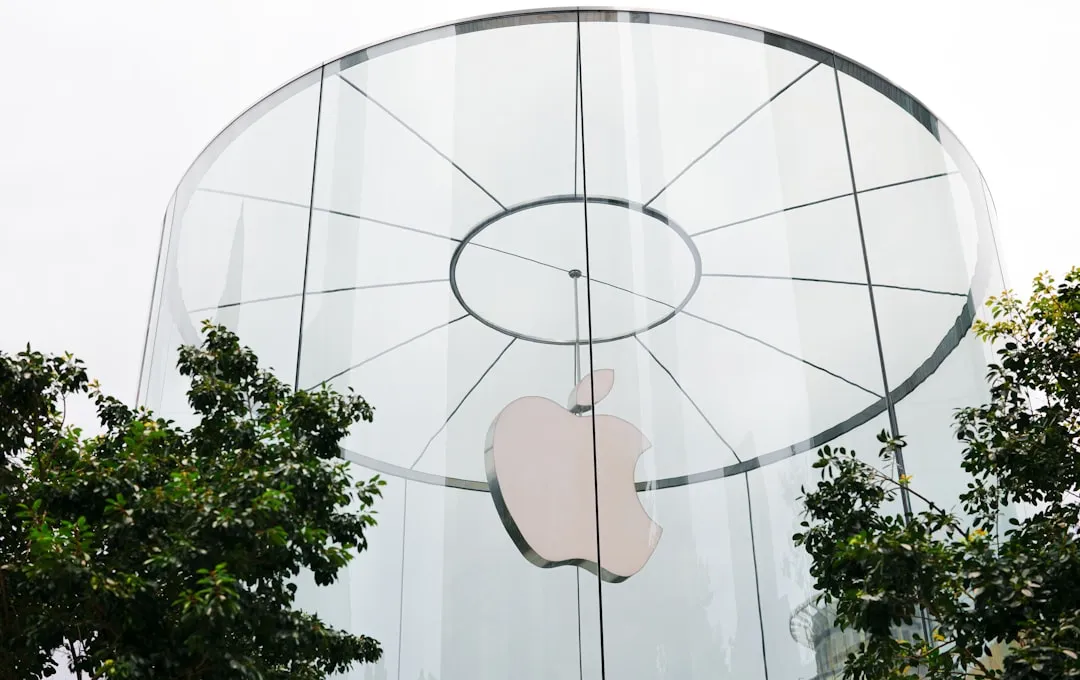
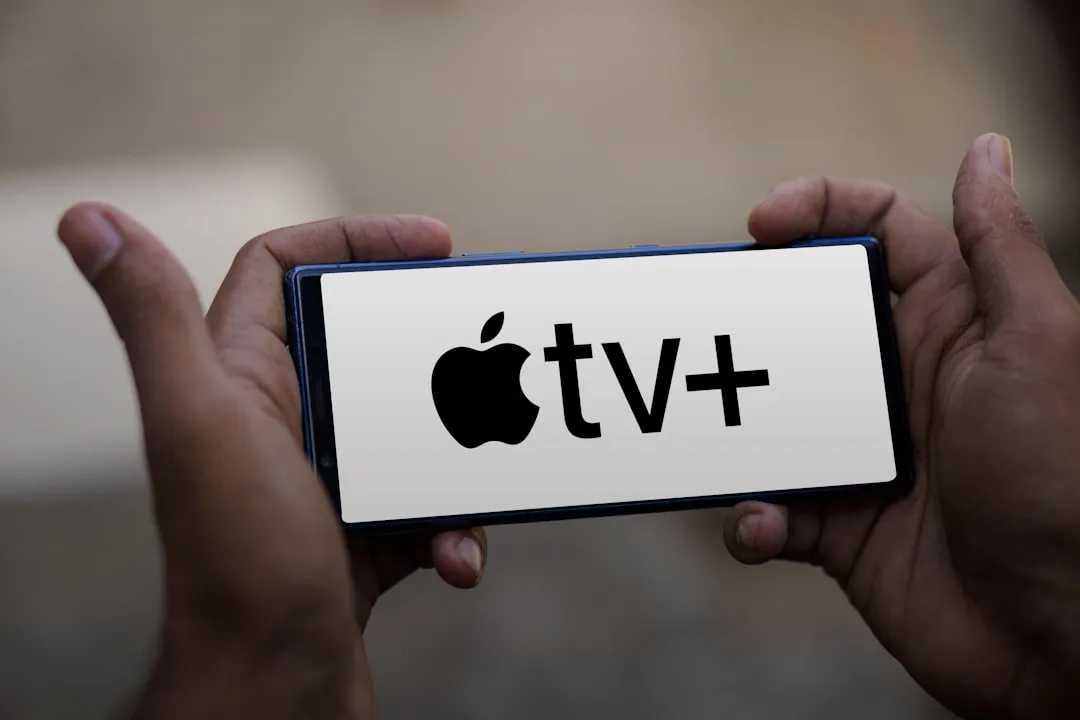
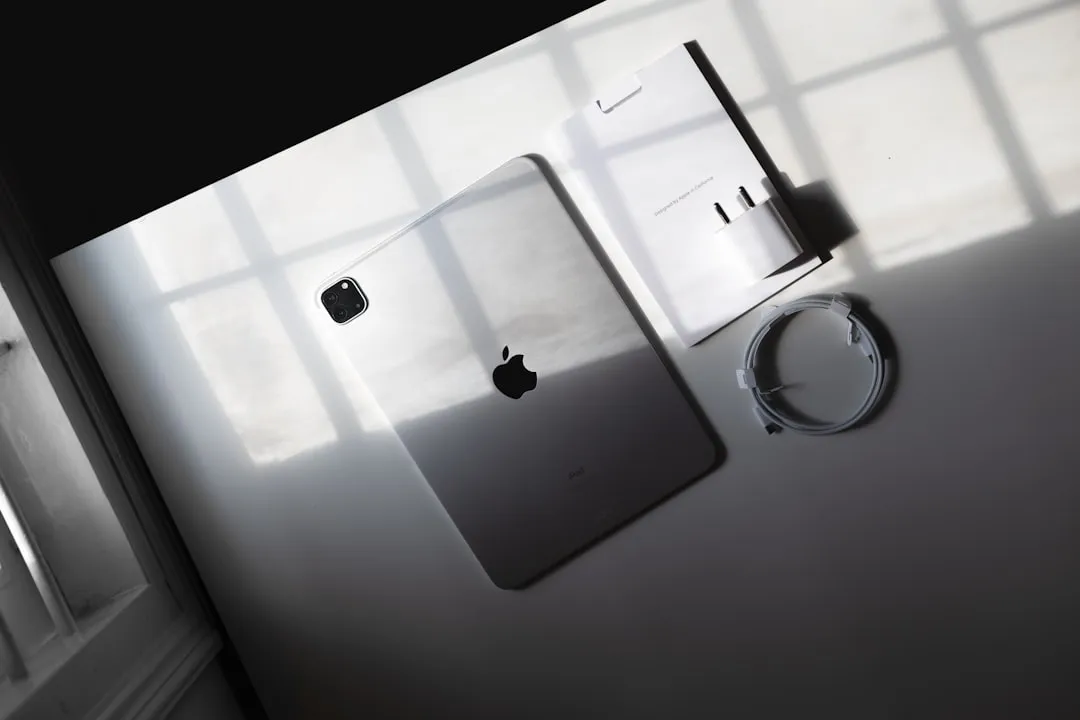

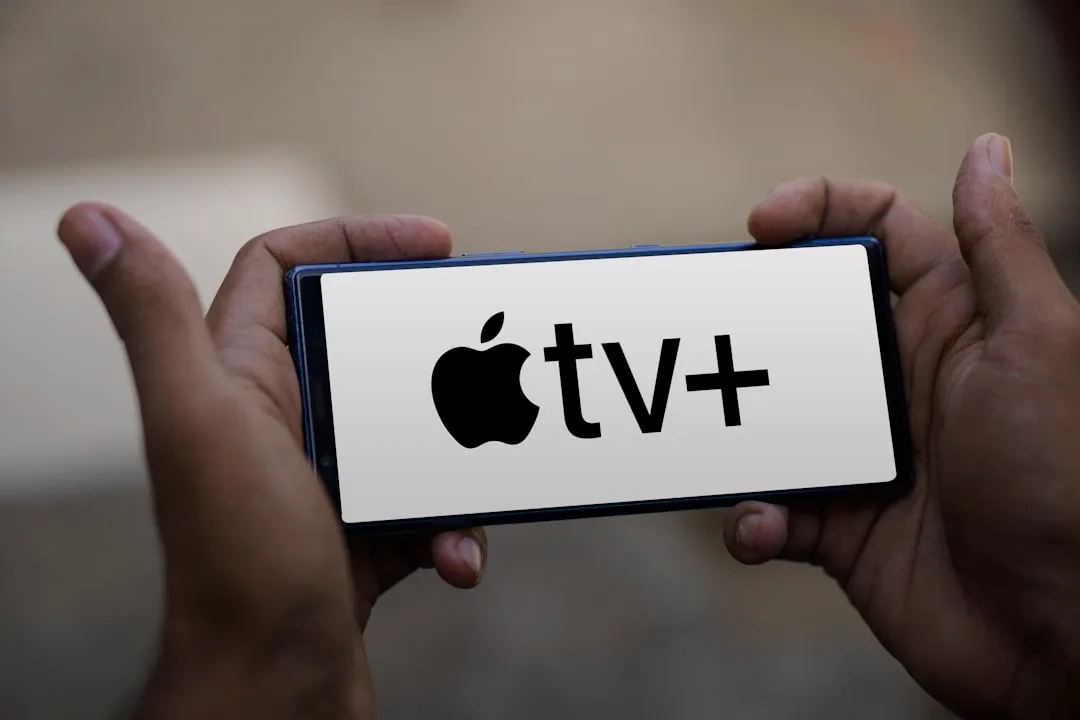

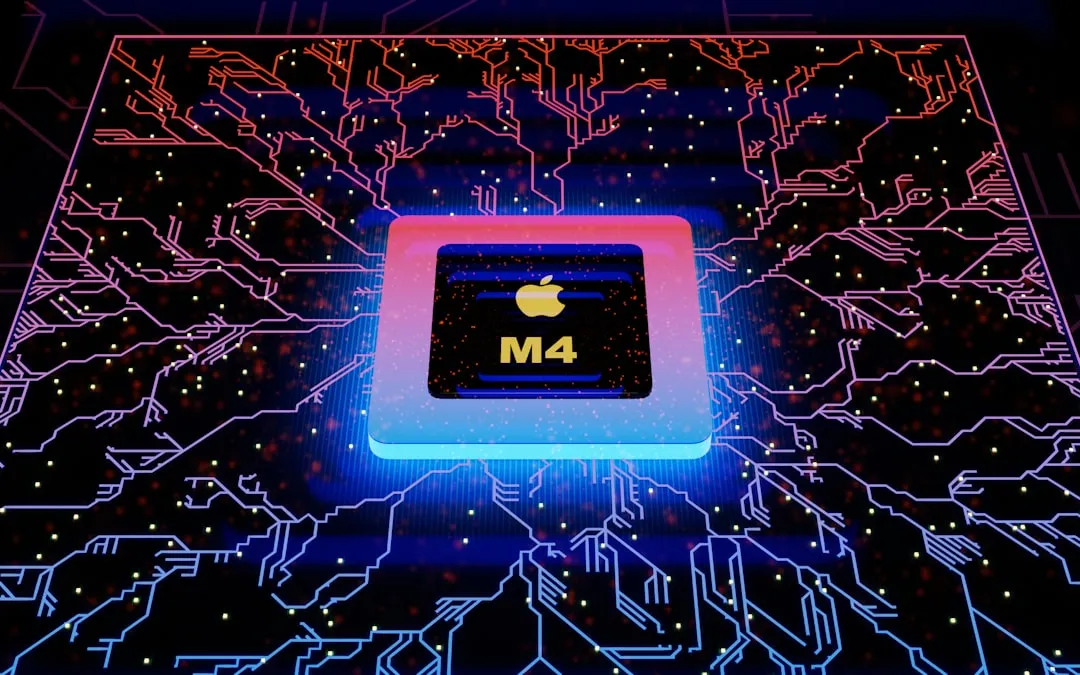
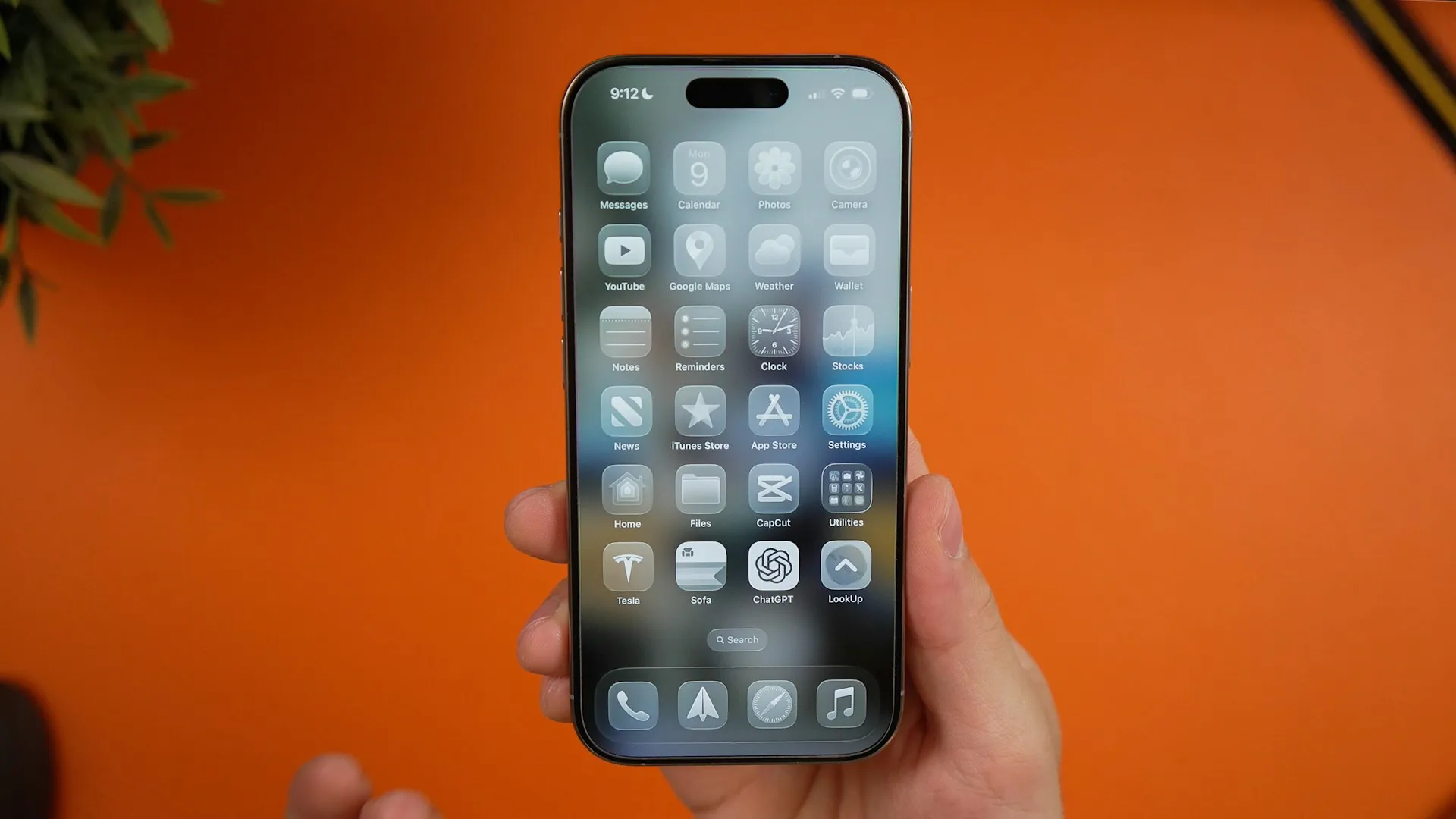

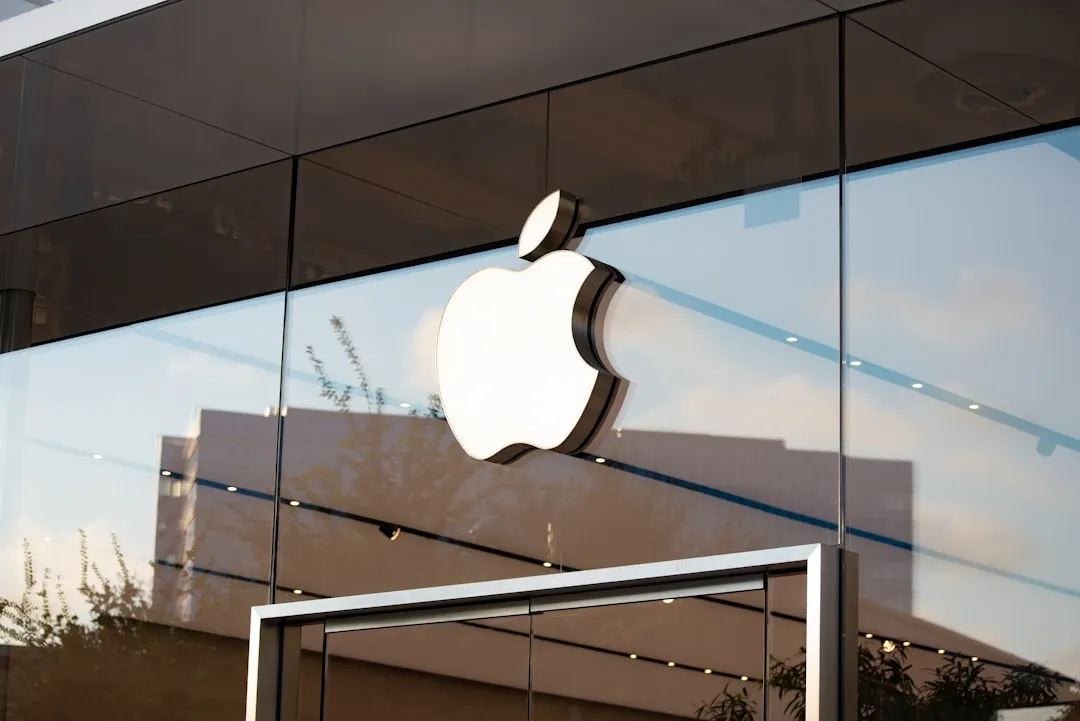



Comments
Be the first, drop a comment!